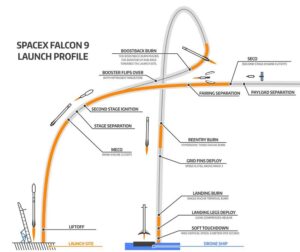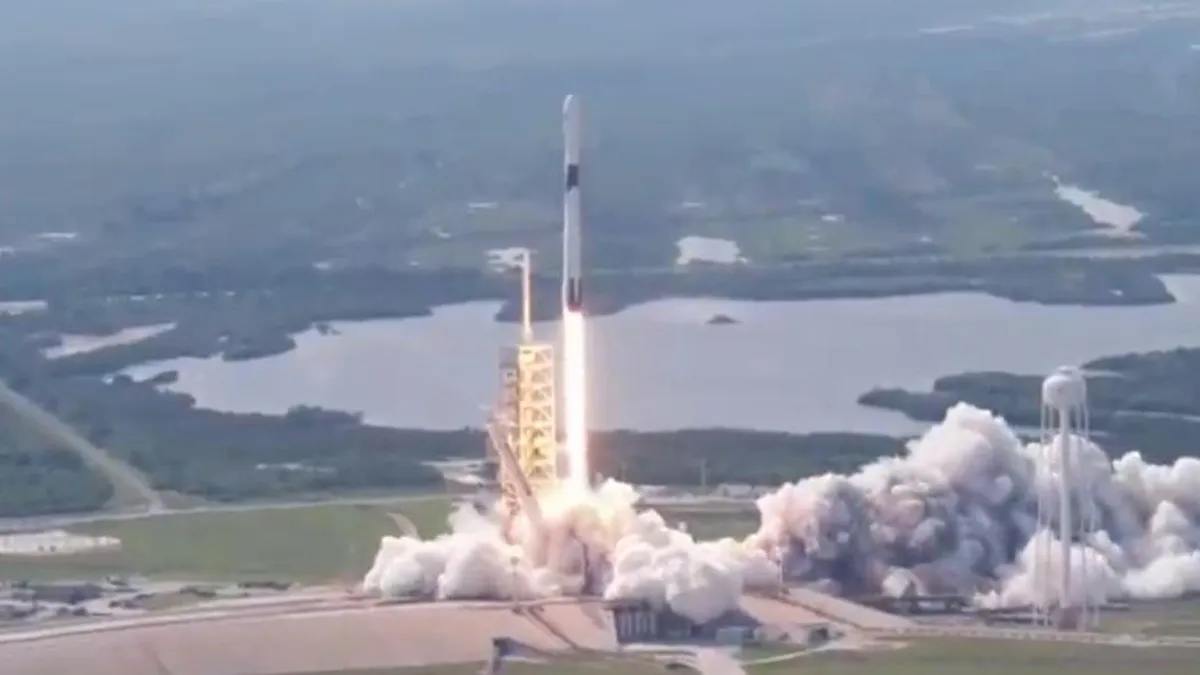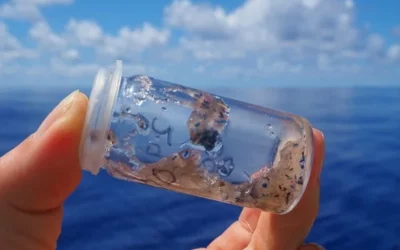Introduction
The development of recyclable rockets represents a revolutionary shift in space exploration technology, transitioning from traditional single-use models to sustainable, reusable variants. This evolution is not only a triumph of engineering but also a critical step towards cost-effectiveness and environmental sustainability in space missions.
The Genesis of Rocketry and Early Milestones
Rocket technology’s roots can be traced back to the early 20th century, with pivotal contributions from pioneers like Robert H. Goddard. His groundbreaking work in the 1920s laid the foundation for future rocket advancements, although the idea of reusable rockets was not yet conceptualized.
The Space Race: Single-Use Rockets
In the Space Race era, particularly the 1960s, the focus was on achieving significant milestones like orbiting Earth and moon landings. The Soviet Union’s R-7 launched the first human, Yuri Gagarin, into space in 1961, while the United States’ Saturn V, used in the Apollo missions, successfully landed humans on the Moon in 1969. These rockets, however, were designed for one-time use, leading to high material and financial costs.
The Shuttle Era: Advancing Reusability
NASA’s Space Shuttle, introduced in 1981, marked a shift towards partial reusability. The Shuttle’s orbiters, like the famous Challenger and Discovery, and its solid rocket boosters were designed for recovery and reuse. However, this system still involved considerable refurbishment costs and turnaround time.
.
SpaceX’s Revolutionary Contributions
SpaceX, under Elon Musk, emerged as a key player in the advancement of fully recyclable rockets. The Falcon 9’s first successful landing on December 21, 2015, at Cape Canaveral marked a new era. This event demonstrated not only the feasibility of landing and reusing a rocket booster but also significantly reduced launch costs. For example, the cost of a Falcon 9 launch is around $62 million, but the booster represents about 60% of this cost. Reusing the booster can potentially save tens of millions per launch.

Image Credit: justatinker.com
SpaceX further demonstrated this with their rapid turnaround times for reused rockets. A notable instance was the reflight of a Falcon 9 booster in under a year, setting a precedent for future missions.
Economic and Environmental Impacts
The introduction of recyclable rockets has markedly reduced costs, with estimates suggesting that reusable technology can cut launch expenses by about 30%. This has opened the door to more frequent and diverse space missions due to financial accessibility. Environmentally, reusing rockets contributes to reducing space debris, a growing concern in the space community.
Future Horizons in Space Exploration
The success of SpaceX has inspired other entities like Blue Origin and the European Space Agency to pursue recyclable rocket technologies. This innovation promises exciting possibilities in space tourism, ambitious space science missions, and even the potential for human colonization of other planets.
Conclusion
The trajectory of recyclable rockets is a testament to human ingenuity, blending innovation, sustainability, and economic pragmatism. It represents a significant leap in our approach to space exploration, potentially reshaping our relationship with the cosmos
For comprehensive insights and historical context on space exploration, the following resources are invaluable:
- The Smithsonian History of Space Exploration: From the Ancient World to the Extraterrestrial Future by Roger D. Launius provides an extensive, fully illustrated guide covering the history of U.S. and international space exploration, both manned and unmanned. Launius, a former chief historian of NASA and former Associate Director of Collections and Curatorial Affairs at the Smithsonian National Air and Space Museum, explores humanity’s enduring fascination with space from ancient times through modern endeavors in space travel and speculates on future directions, including space tourism and the potential for human life beyond Earth. The book, packed with over 500 photographs, illustrations, and graphics, was published by Smithsonian Books on October 23, 2018.
- NASA’s History of the Space Shuttle Program provides an official overview of the Space Shuttle program, detailing its development, missions, and contributions to space exploration. This resource is particularly useful for understanding the role of the Space Shuttle in advancing reusable spacecraft technology.
- SpaceX Press Releases and Mission Reports offer up-to-date information on SpaceX’s advancements in recyclable rocket technology, including detailed accounts of milestone launches, cost savings, and the innovative engineering behind their reusability. SpaceX’s efforts have significantly reduced the cost of space missions and have made rapid turnaround times for reused rockets a reality, marking a pivotal shift in how space missions are approached.
- Elon Musk: Tesla, SpaceX, and the Quest for a Fantastic Future by Ashlee Vance gives an in-depth look into the life and achievements of Elon Musk, including his vision for SpaceX and its impact on the development of recyclable rockets. Vance’s biography provides context on Musk’s influence in pushing the boundaries of space technology, making space travel more sustainable and accessible.





